By Howard Platt from the July 2010 Edition
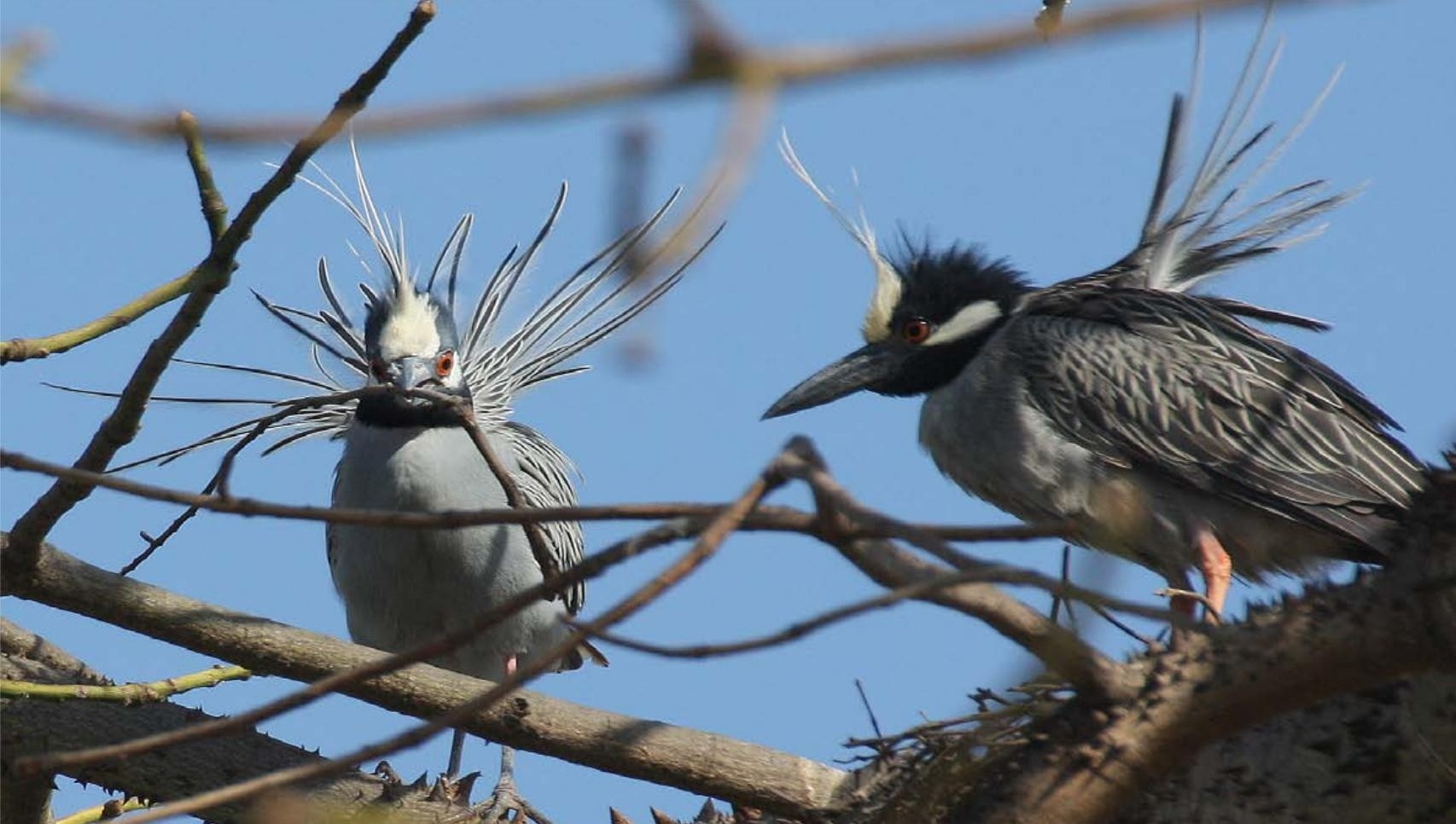
Don´t let the name fool you. Yellow-crowned Night Herons do not have a yellow crown for most of the year, and they do most of their hunting during the day. That is if you call standing around waiting for 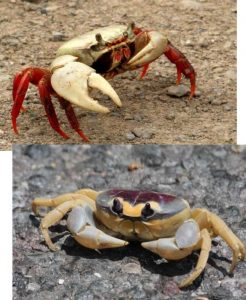 food to come within reach hunting!
food to come within reach hunting!
The scene repeats itself all along the pacific coast of Mexico. Within a couple of hundred yards of water (lagoon, sea or large river) the sandy, silty soil is pockmarked with holes. Many of the holes are no wider than a little finger, but some are as wide as a fist. They go down sometimes more than six feet to reach the water table. The excavators and residents of these burrows are one of several species of crab that have adapted to living their lives on land. At breeding time the crabs will make a trip down to the water to release their eggs, and some times hundreds can be seen crossing roads or trails on their way to the sea. If you have built close to the sea they may even come through your house, their claws clacking on the tiles like tiny high heeled shoes. Once the young develop they must leave the sea to live on land, or they will drown.
These land burrowing land crabs, whether gecarcinidae, ocypodidae or grapsidae are the favorite food of the yellow-crowned night heron.
If you plan to hunt in very shaded areas, or at night you had better have good eyes, and this heron has large red/brown eyes. Most of the feathers are blue-gray but it has a black head and neck. There is a white stripe on its cheek and on top of the head. In the breeding season the cap becomes yellow, and the birds display long plumes.
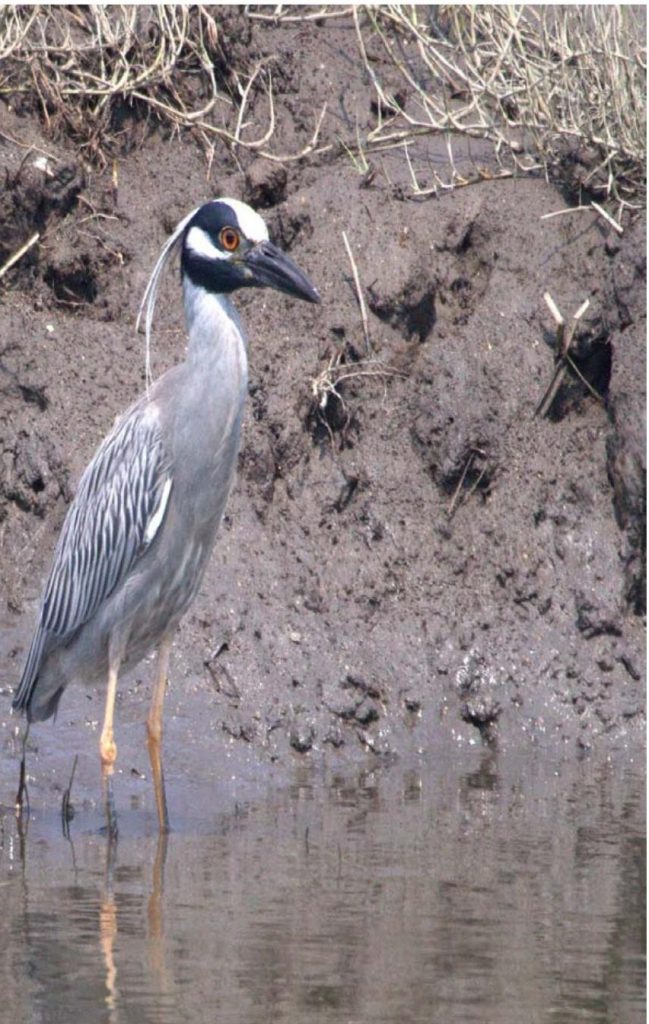
This heron is on the golf course at Las Hades in Manzanillo, waiting near some crab burrows. Often you can see one under the shade trees in the low lying area behind the Comercial Mexicana parking lot. Crabs are poor at seeing very slow moving objects, and the heron takes full advantage of this as it creeps around.
Once it sees a crab it will grab it in its powerful beak, crush the body and swallow. It tears the legs off larger crabs to make them more manageable.
Although an endangered species on the east coast of North America it is common here on the west coast of Mexico and is likely to remain so where its habitat is preserved.
Download the full edition or view it online

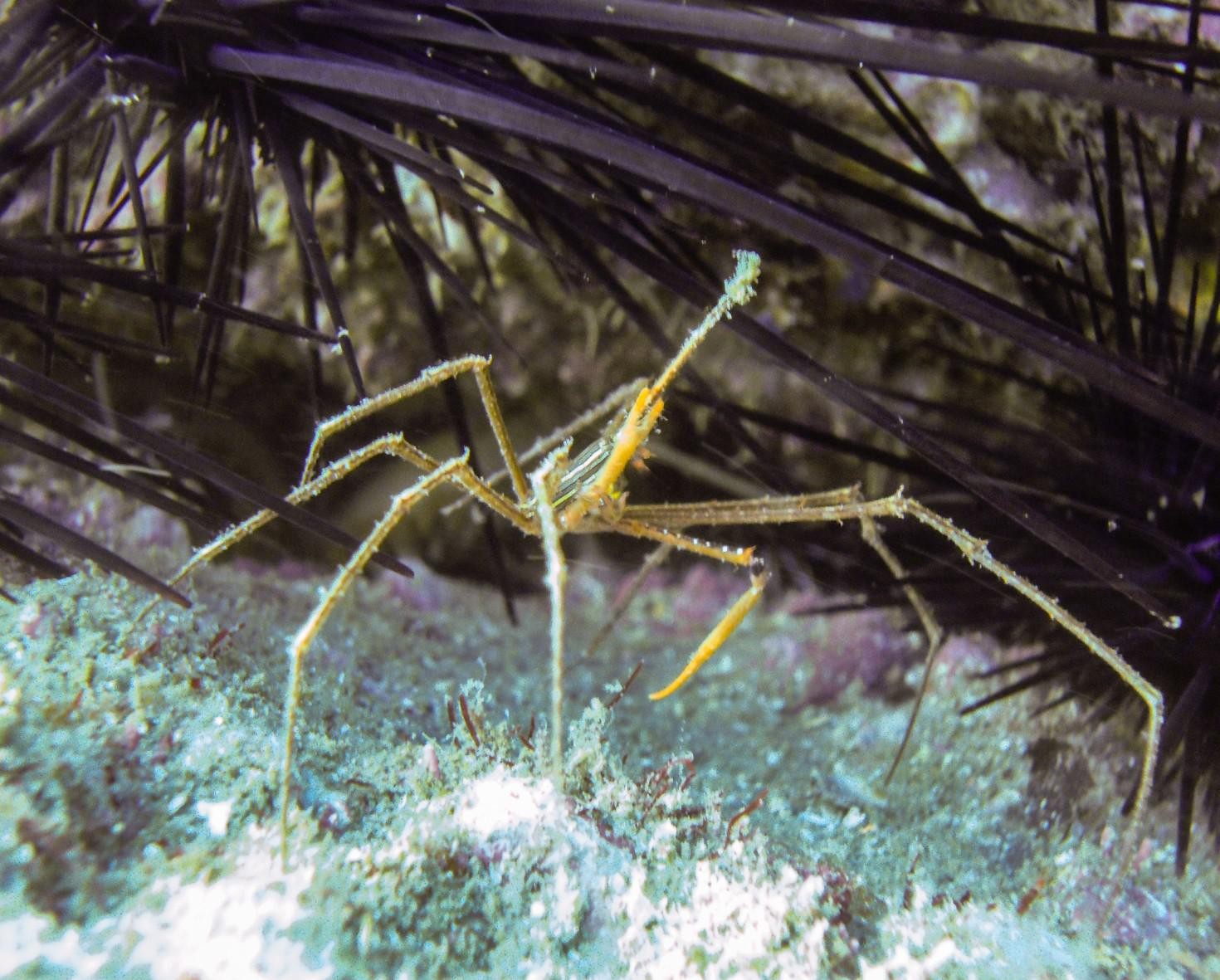

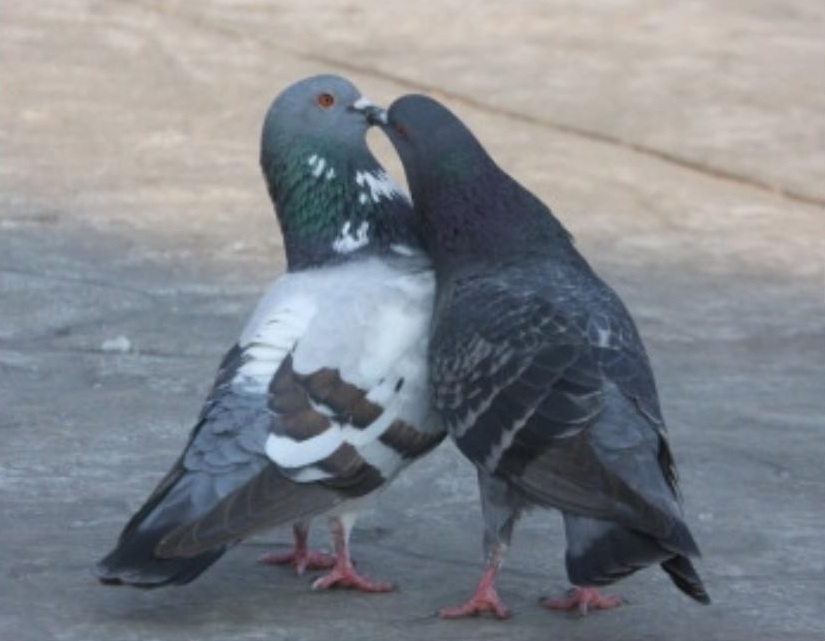
You must be logged in to post a comment.